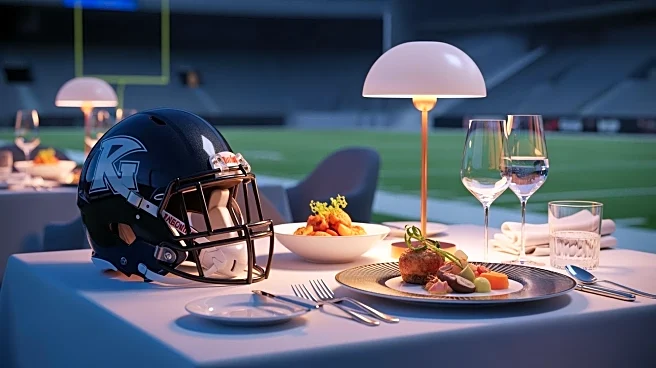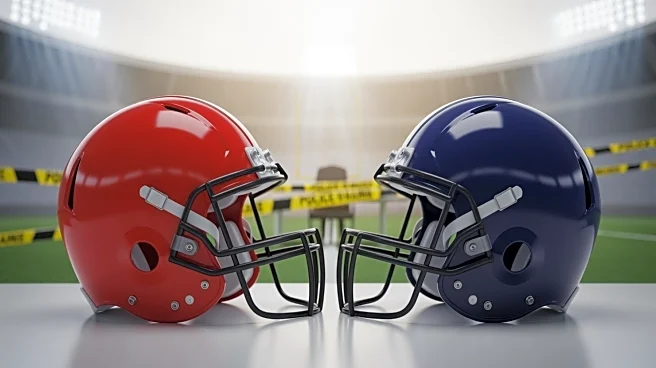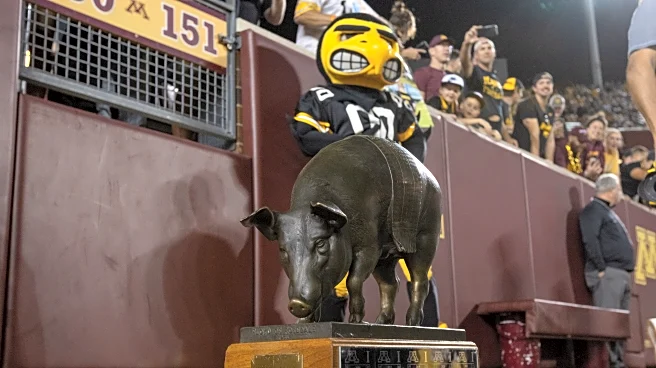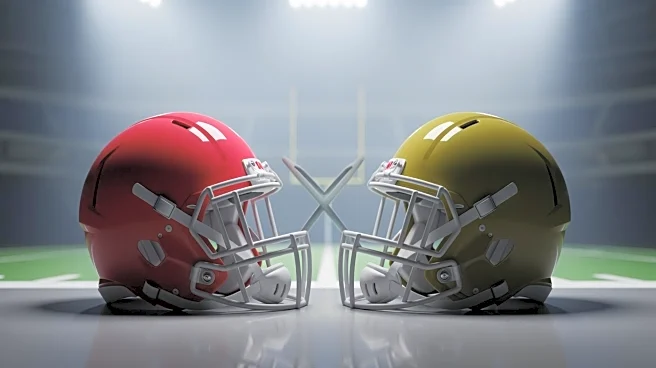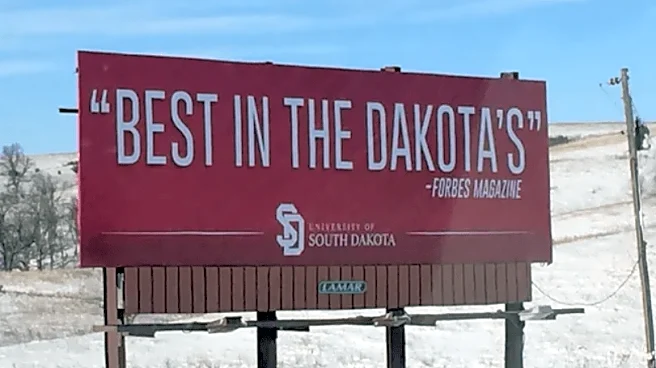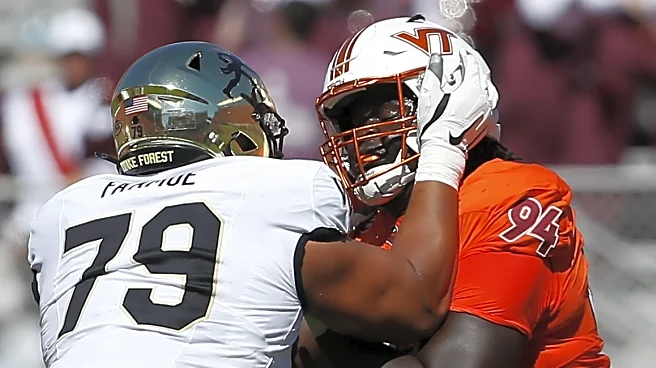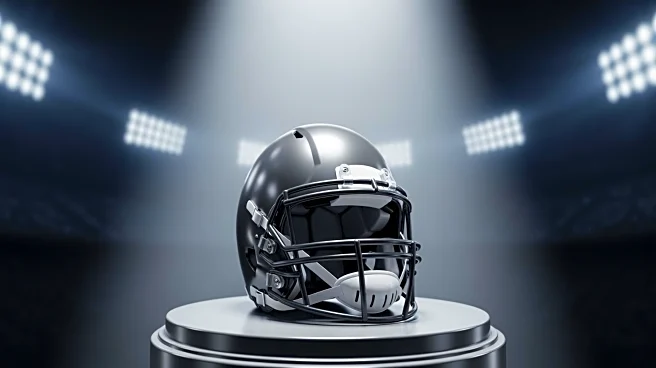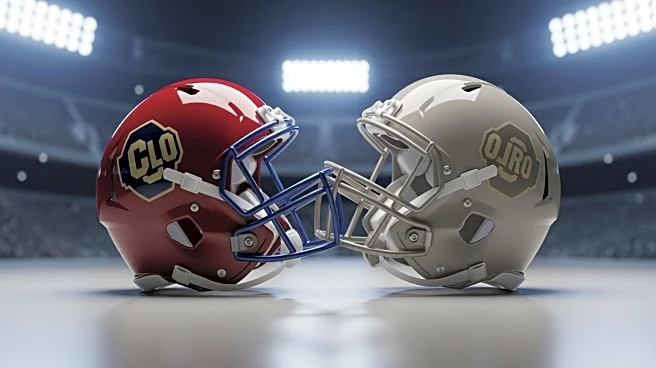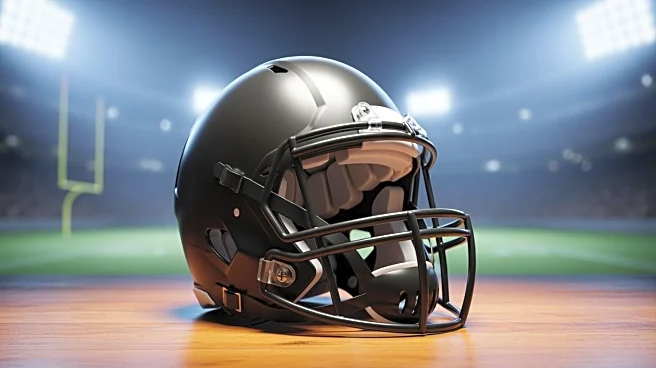What's Happening?
Deion Sanders, head coach of the Colorado Buffaloes, has been instrumental in transforming the University of Colorado's athletic facilities, including the implementation of a full-service dining hall.
This initiative, part of what is being called the 'Prime Effect,' has set a new standard in college football, with other universities beginning to follow suit. The dining hall, led by executive chef Carl Solomon, serves over 600 people daily, including Sanders and his team. Sanders' preference for well-done steak has sparked interest, aligning him with other notable coaches like Oregon's Dan Lanning and Clemson's Dabo Swinney, who also favor well-done meat.
Why It's Important?
The changes introduced by Sanders at Colorado reflect a broader trend in college athletics towards enhancing player welfare and facilities. This shift is significant as it aligns with the increasing influence of Name, Image, and Likeness (NIL) deals, which have transformed the landscape of college sports. By investing in high-quality dining facilities, universities aim to attract top talent and improve athlete performance. The trend, which requires substantial financial investment, underscores the growing commercialization and professionalization of college sports, potentially benefiting athletes through better nutrition and overall well-being.
What's Next?
As more universities adopt similar dining initiatives, the competition to provide superior athlete facilities is likely to intensify. This could lead to further innovations in athlete care and support, potentially influencing recruitment strategies and team performance. Stakeholders, including university administrations and athletic departments, may need to evaluate the long-term sustainability and impact of such investments on their programs.
Beyond the Headlines
The emphasis on dining and nutrition in college sports raises questions about the balance between athletic and academic priorities. While improved facilities can enhance athlete performance, they also highlight disparities between revenue-generating sports and other university programs. This development may prompt discussions about the role of athletics in higher education and the ethical considerations of resource allocation.
